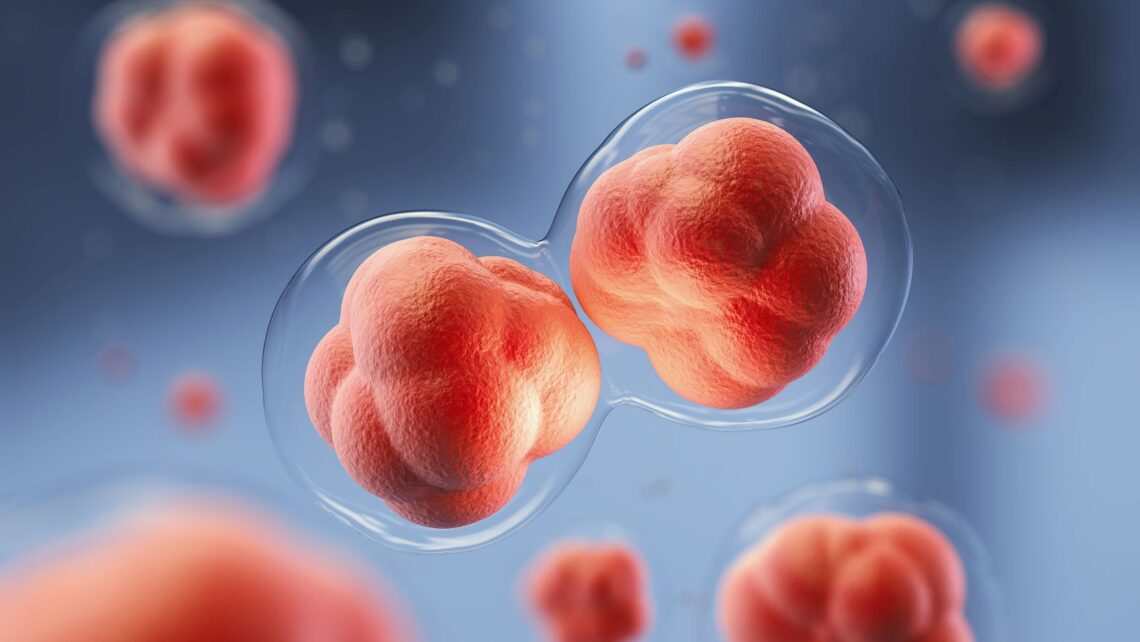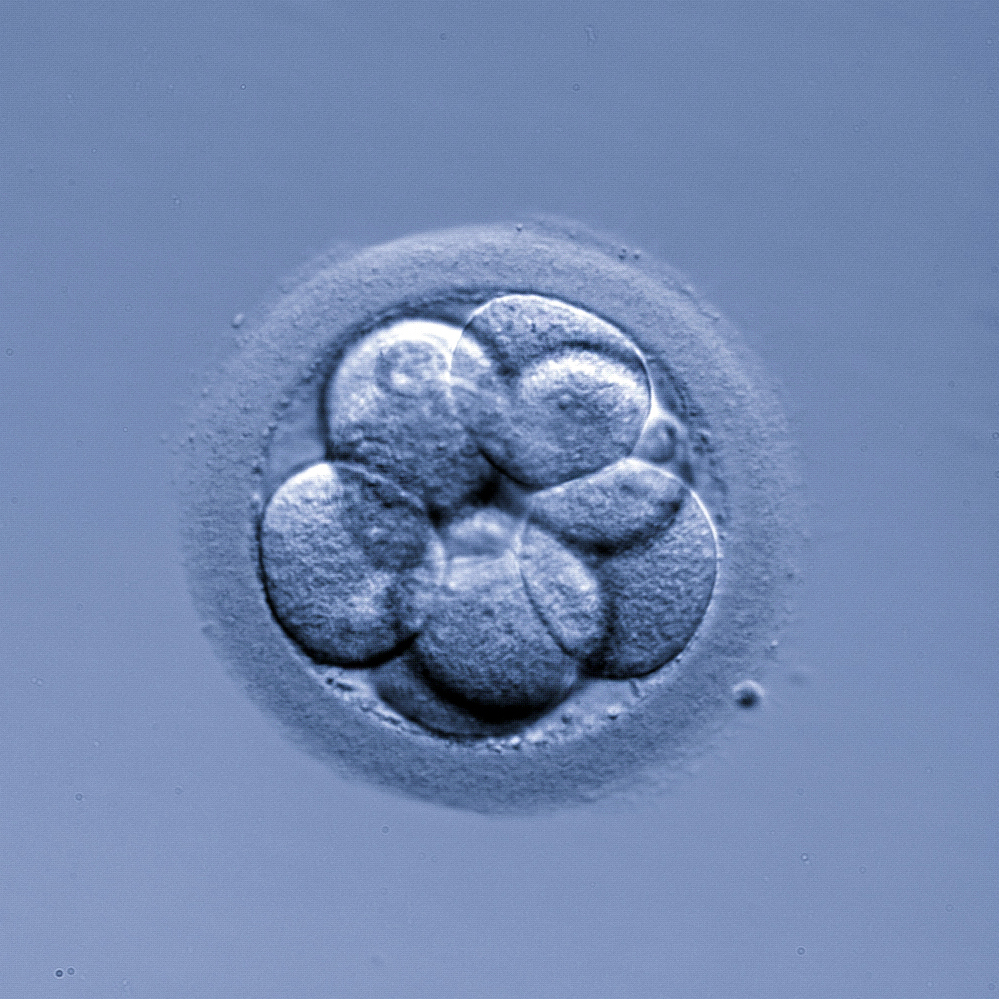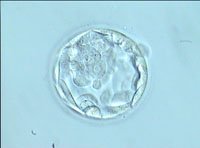
Normal and abnormal embryo division
For as long as we can remember, we assume that we belong to certain standards. These standards are set based on the average population, just as children in pediatric check-ups are assessed by a percentile of height and weight. As adults we are assessed by our body mass index. In both cases, we try to reach an “average” rate.
What do we consider average?
This also happens at the embryonic stage. The process of embryo division observation is established to assess whether or not embryos are normal. This observation should be performed at specific times, so that each embryo is observed and evaluated daily.
Embryo development sequence

In its development, the embryo follows the following sequence: after IVF insemination or microinjection, the maternal and paternal pronuclei appear between 12-20h. We expect this to happen this way. But we found cases in which this process could happen within 12 h. Resulting in normal embryos, although we are not able to assess them by routine observations.
After the appearance of the pronuclei, the embryos are observed again at the following 24-27h. At this time it is expected to find a four cell embryo. The following 23-27h we observe the embryo again expecting to find an 8-cell embryo. At following 27-31h the embryo should be compacted, and the last observation will be taken after 18-24h and we should find an embryo at blastocyst stage.

These benchmarks are not always found in all embryos and do not necessarily imply that they divide in an abnormal way, whether are poor quality embryos or not able to lead to a term pregnancy. Embryos as dividing cells have a “rhythm” not always the same in all embryos, and depend largely on the time they are visualized, as not all fit the slots provided. For example, we can find embryos at 2 or 5 cells when they should be in 4, or find embryos 6, 7 or 9 cells when they should be in 8. Or even embryos initiating cavitation when they should be a blastocyst. But all of them are transferable embryos, and most importantly viable, as they can able to result in pregnancy.
MORE RELATED INFORMATION
- Criteria for embryo classification
- Blastocyst, advantages of a transfer on day 4 or 5
- Embryo fragmentation
- The miracle of embryo implantation
- What does an embryo biopsy entail?
- The importance of embryo nutrition in achieving a successful cycle of in vitro fertilisation (IVF): metabolomics
- How do genetics and epigenetics affect the embryo?
Dr Dori Rodríguez, biologist at Instituto Bernabeu
